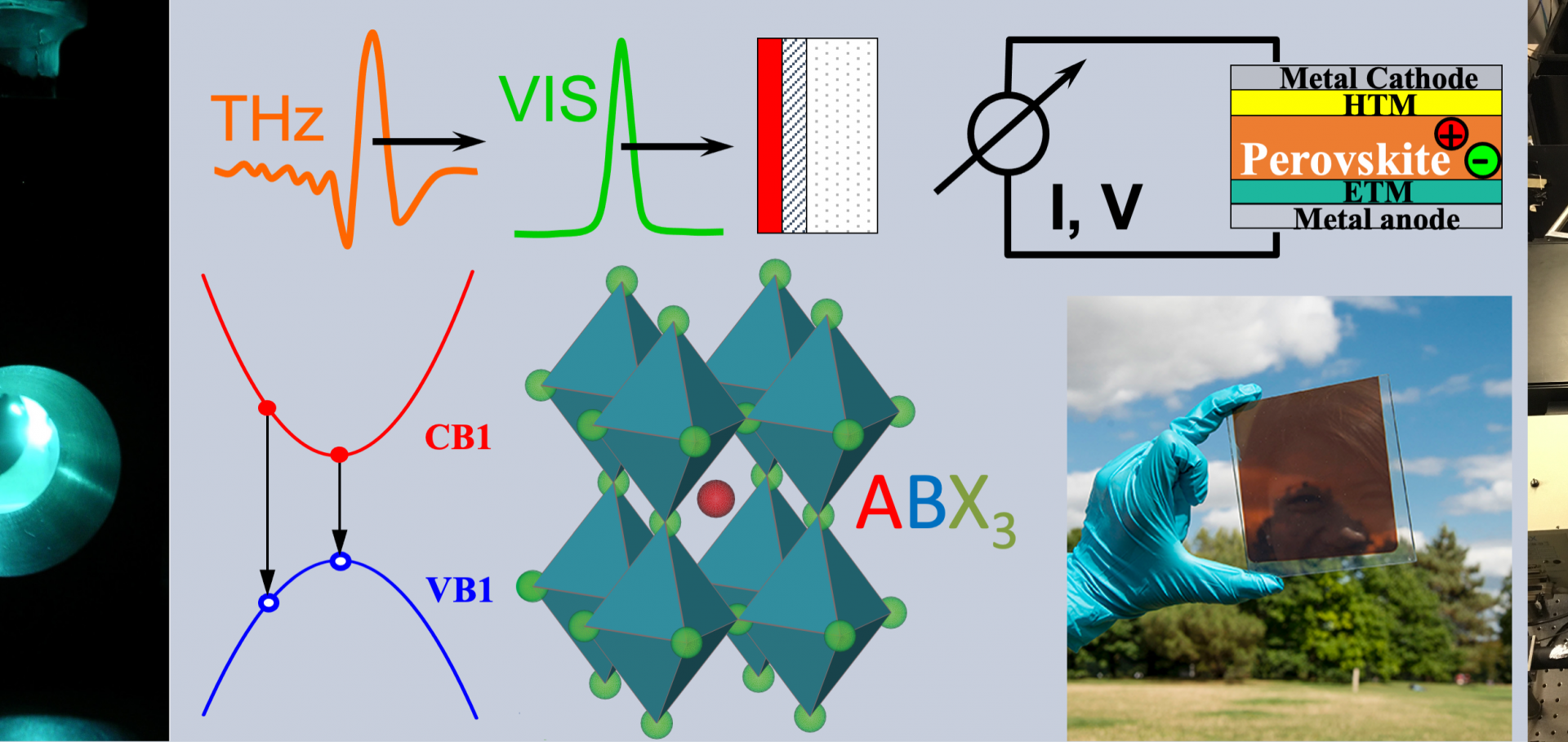Ultrafast Charge Separation at a Single-walled Carbon Nanotube – Polymer Interface
MRS Advances Springer Nature 1286:1 (2011) 207
Characterisation of Nanostructures via Terahertz Spectroscopy
Institute of Electrical and Electronics Engineers (IEEE) 1 (2010) 23-24
The role of ultrafast torsional relaxation in the emission from polythiophene aggregates
Institute of Electrical and Electronics Engineers (IEEE) 1 (2010) 117-118
Role of ultrafast torsional relaxation in the emission from polythiophene aggregates
Journal of Physical Chemistry Letters 1:19 (2010) 2788-2792
Abstract:
An understanding of aggregation effects in semiconducting polymers is essential for their use in optoelectronic devices; however, the dynamic evolution of such interchain states is not well understood. Here, we have investigated a blend of semiconducting poly(3-hexylthiophene) (P3HT) with an electronically inert ultrahigh-molecular-weight polyethylene (UHMW-PE) matrix that is shown to allow precise control over the extent to which the P3HT chains aggregate. We determined the singlet exciton population within isolated and aggregated P3HT regions using femtosecond time-resolved photoluminescence measurements and found a strong ultrafast decay pathway in the aggregated case only. Comparison of the emission from the two lowest vibronic bands demonstrates a changeover from an initial vibrationally "hot" photoexcited state to a geometrically relaxed aggregate state within ∼13 ps, corresponding to time scales for torsional relaxation in these materials. We conclude that formation of an aggregate excited state in conjugated polymers is mediated by vibrational relaxation from a low-symmetry to a high-symmetry ordered state for the ensemble. © 2010 American Chemical Society.Dynamic terahertz polarization in single-walled carbon nanotubes
Physical Review B - Condensed Matter and Materials Physics 82:8 (2010)


